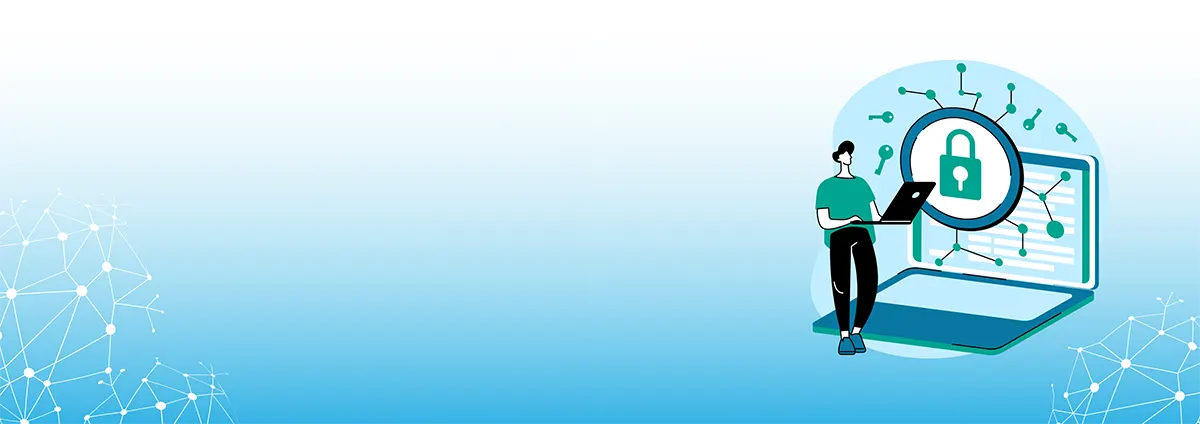Protecting Your APIs: Lessons from Cox Communications’ Security Flaw
Published: January 7, 2025

API security is paramount, and the events involving Cox Communications in June 2024 are a stark reminder of why. The largest private broadband company in the U.S. faced a serious security vulnerability in their APIs, exposing millions of customers to potential attacks. This incident shines a light on the critical need for robust API security, particularly in industries that manage vast amounts of sensitive customer data. Let’s explore what happened and identify the lessons that can help protect your systems.
The Vulnerability: A Door Left Open
In June 2024, bug bounty hunter Sam Curry discovered a severe authorization bypass vulnerability in Cox Communications’ backend APIs. This flaw allowed remote attackers to reset millions of modems’ settings and access sensitive personal information. The vulnerability was particularly dangerous, as it provided attackers with permissions similar to those of Cox’s tech support staff, giving them control over customer devices and access to personally identifiable information (PII), including MAC addresses, phone numbers, and Wi-Fi passwords.
Cox acted swiftly, taking down the exposed API within six hours and patching the vulnerability the following day. However, the breach highlighted significant oversights in their API security that could have been exploited on a massive scale.
What Went Wrong: Key Takeaways for API Security
1. Authorization Issues (OWASP API5:2023, NIST PR.AC)
At the heart of the breach was an authorization bypass vulnerability that allowed attackers to impersonate tech support staff and execute commands on customer devices. This aligns with OWASP API5:2023—Broken Function Level Authorization, where improper access control lets unauthorized users perform privileged actions.
Cox failed to implement sufficient access control, allowing attackers to gain administrative access without proper authentication. This could have been avoided by enforcing robust authorization checks at every API level. The NIST Cybersecurity Framework’s Protect (PR) function reinforces this by emphasizing the importance of strict access control mechanisms to secure sensitive data and functionalities.
- Lesson learned: Implement strict access controls on all APIs and always validate user permissions before allowing actions like device resets.
2. Excessive Data Exposure (OWASP API3:2023, NIST PR.AC)
Cox’s exposed APIs allowed attackers to query personal information such as names, phone numbers, and email addresses by using only basic details like an account number. This is a classic case of OWASP API3:2023—Excessive Data Exposure, where APIs expose more data than necessary.
By limiting the data exposed through their APIs, Cox could have minimized the breach’s impact. Sensitive information should only be retrievable by authorized users with a valid reason. NIST’s Protect (PR) function echoes this, stressing that sensitive data should only be shared when necessary, reducing the risk of unauthorized access.
- Lesson learned: Limit the data exposed by APIs, and ensure sensitive information is only accessible to users with the proper permissions.
3. API Monitoring and Auditing (OWASP API4:2023, NIST DE.DP)
While Cox acted quickly once the vulnerability was discovered, the fact that it existed undetected for an unknown period underscores the need for continuous API monitoring and auditing. OWASP API4:2023 highlights the importance of monitoring API usage patterns to detect anomalies and prevent abuse.
NIST’s Detect (DE) function further emphasizes the need for real-time monitoring and logging to identify suspicious activity. If Cox had implemented comprehensive monitoring, they may have identified abnormal API activity earlier, potentially preventing unauthorized access before it became an issue.
- Lesson learned: Implement continuous API monitoring and auditing to detect suspicious activity and prevent breaches before they escalate.
4. Overexposure of Administrative APIs (OWASP API2:2023, NIST PR.AC)
Another key issue was the overexposure of Cox’s administrative APIs. With over 700 exposed APIs, many of which granted administrative access, attackers had an extensive surface area to exploit. This reflects OWASP API2:2023—Broken User Authentication, where sensitive functionality is exposed to unauthorized users.
Exposing too many administrative functions made Cox more vulnerable to attacks. Limiting access to administrative APIs and securing them with strong authentication measures is critical to preventing unauthorized use. NIST’s Protect (PR) function stresses the importance of minimizing access to sensitive functions and ensuring that only authorized personnel can perform administrative tasks.
- Lesson learned: Avoid overexposing administrative APIs. Secure sensitive functions and restrict access to authorized users only.
Moving Forward: Strengthening Your API Security
The Cox Communications breach highlights the risks of insecure APIs. As more organizations rely on APIs to manage data and connect services, the potential for security vulnerabilities grows. By following OWASP and NIST guidelines, businesses can proactively reduce their risk of a similar breach.
Effective API security involves more than just responding to incidents after they occur—it requires designing systems with security in mind from the beginning. By implementing strong access controls, limiting data exposure, monitoring API usage, and securing administrative functions, organizations can protect customer data and ensure the integrity of their systems.
How Solsys Can Help
Solsys offers comprehensive API security solutions to protect your business from breaches like the one experienced by Cox Communications. Our team of security experts will assess your API environment, identifying vulnerabilities and implementing best-in-class security practices. We help you enforce access controls, limit sensitive data exposure, set up continuous monitoring, and secure administrative APIs, ensuring that your APIs are resilient against modern threats.
With Solsys, you can be confident that your APIs are not only secure but also optimized for performance and compliance. Let us help you fortify your API infrastructure and protect your customers’ data from the ever-evolving landscape of cyber threats.
Marek Suchomski is a Technical Account Manager at Solsys, where he has been dedicated to helping clients leverage Splunk deployments for over three years. With a strong development background, Marek brings a deep understanding of both the technical and business aspects of the industry. As both a manager and a Splunk-certified Admin, Marek is committed to assisting his colleagues in navigating the evolving landscape of cybersecurity.



